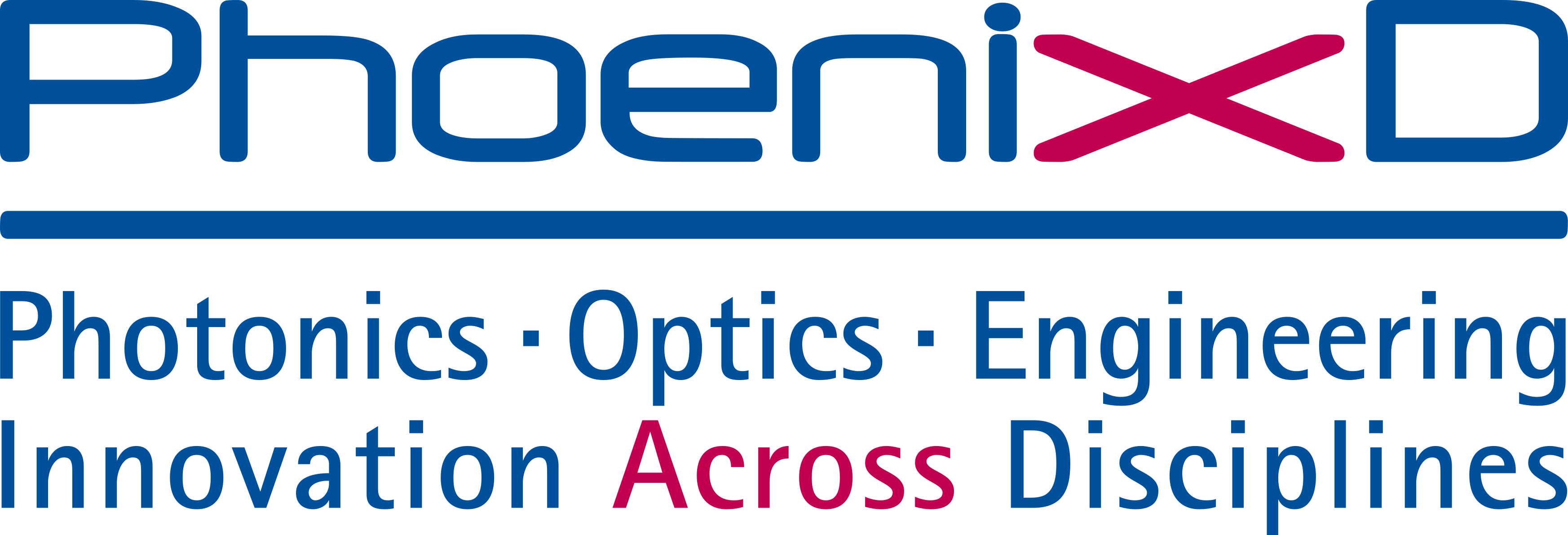New group V graphyne
two-dimensional direct semiconductors with remarkable carrier mobilities, thermoelectric performance, and thermal stability
- authored by
- Y. Wu, C. Ma, Y. Chen, B. Mortazavi, Z. Lu, X. Zhang, K. Xu, H. Zhang, W. Liu, T. Rabczuk, H. Zhu, Z. Fang, R. Zhang
- Abstract
The past decades have witnessed the great progress and successes in the research and applications of two-dimensional (2D) carbon materials such as graphene, graphdiyne, and so on. Similar to pure 2D carbon materials, 2D carbon nitride–like h-BN also possesses excellent electronic, mechanical, and optical properties. In this work, stimulated by the chemical tuition of atomic substitution, a new family of monolayer group V graphyne (C16N4, C16P4, and C16As4) with rhombic lattice is designed by replacing some C atoms with group V elements of N, P, or As in 2D graphyne. By using first-principles approach, we investigated their thermal stability, electronic/thermal transport properties, and thermoelectric performance and found that N(P,As)-graphyne monolayers are semiconductors with considerable direct bandgap values of 0.87 eV (0.59 eV, 0.71 eV), respectively. The ab initio molecular dynamics results demonstrate that N(P,As)-graphyne monolayers remain stable up to 1500 K. They all possess high carrier mobilities with the order of 105cm2V−1s−1 for electrons along the zigzag direction. Under the uniaxial tensile strains in the range of 0% to 10%, N(P,As)-graphyne monolayers keep direct-bandgap properties, and the effective mass of carriers can be efficiently tuned. Moreover, the calculated thermoelectric figure of merits at room temperature for the new monolayer group V graphyne are 0.62∼0.69 owing to the low lattice thermal conductivity, which are comparable with some conventional thermoelectric materials. Their excellent electronic transport and thermoelectric performance make N(P,As)-graphyne monolayers promising in high-speed (opto)electronic and thermoelectric devices, and the strain-engineering properties may lead to applications in flexible nanoelectronics.
- Organisation(s)
-
PhoenixD: Photonics, Optics, and Engineering - Innovation Across Disciplines
- External Organisation(s)
-
Fudan University
Nanjing University
Bauhaus-Universität Weimar
- Type
- Article
- Journal
- Materials Today Physics
- Volume
- 12
- Publication date
- 03.2020
- Publication status
- Published
- Peer reviewed
- Yes
- ASJC Scopus subject areas
- General Materials Science, Energy (miscellaneous), Physics and Astronomy (miscellaneous)
- Electronic version(s)
-
https://doi.org/10.1016/j.mtphys.2019.100164 (Access:
Closed)


